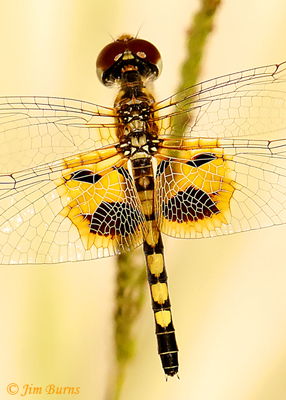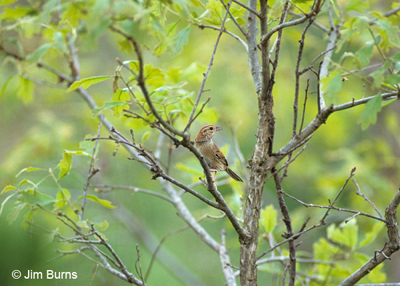
To find the natural area I wanted to spend time exploring, without my local friend who was otherwise tied up, I needed to get from his neighborhood out into a busy commercial area near a major university, from there access an interstate highway, then find the exit closest to the site. It seemed a bit daunting (of course I always left during rush hour) with several directional changes in traffic among locals who knew where they were going and were in a hurry to get there. On a state map I perused an inset of the city, then turned off all the distracting devices, and just went for it.
I discovered, after two days and only one wrong turn which necessitated some backtracking, that I could key on just three landmarks. After exiting my friend’s street I learned that my next turn was at the corner with the cheapest gas in town, of which I availed myself daily. From there I began looking for the garish advertising of the strip club just before the ramp to the interstate and, no, I did not avail myself of that service. Then, on my second trip, I realized the exit to the state forest I needed was the second one past the abandoned late model convertible which sat on the side of the highway the entire week I was there, top down through almost daily late afternoon thunderstorms.
That was it. Three landmarks, each in its own way unique to the road milieu in which I discovered it. It occurred to me right away I was doing exactly what novice birders should do. Study the guide book, then dive into difficult families with observational skills on high alert for distinguishing features, memorize them, and then trust what your brain has assimilated from your time in the field.
So, that afternoon I’m walking down a jeep road in a relatively open Longleaf Pine forest, seeing what I can see. The first half mile of the sandy trace yields three sightings, a bug, a bird, and a reptile. One I know quite well, one I have to stop and think about, and the third I haven’t a clue. The bug is a tiny, colorful dragonfly that I’ve been observing all week, yellow to red oblong markings on a black abdomen and spectacular orange to rust patches on the hind wings. Amanda’s Pennant, one of the targets of my trip.
Then a sparrow pops up. Uh, oh! There are a dozen sparrow species in these woods in winter. But the temperature is in the mid-nineties, the humidity is almost that high, and the default summer sparrow should be Bachman’s. It’s been a long time, but I remember it resembles Arizona’s Botteri’s. They are both Aimophilas. Sure enough, the crown looks flat and the long tail is rounded. It doesn’t hang out for a portrait, but habitat and past experience (read identification mistakes) give me confidence to place the Bachman’s label on it.
The reptile is a turtle. I think. I have little interest and zero experience with turtles. I know there are tortoises here as well, but quite honestly don’t even know the difference between the two. I have some homework to do which will, in turn, pique my interest. Then I realize my timing is off again. I’ll be fighting rush hour on my way back to my friend’s house. Oh, wait. No worries—abandoned convertible with the top down, strip club, cheap gas. I should be there by dinner time. Use it or never have it to lose.